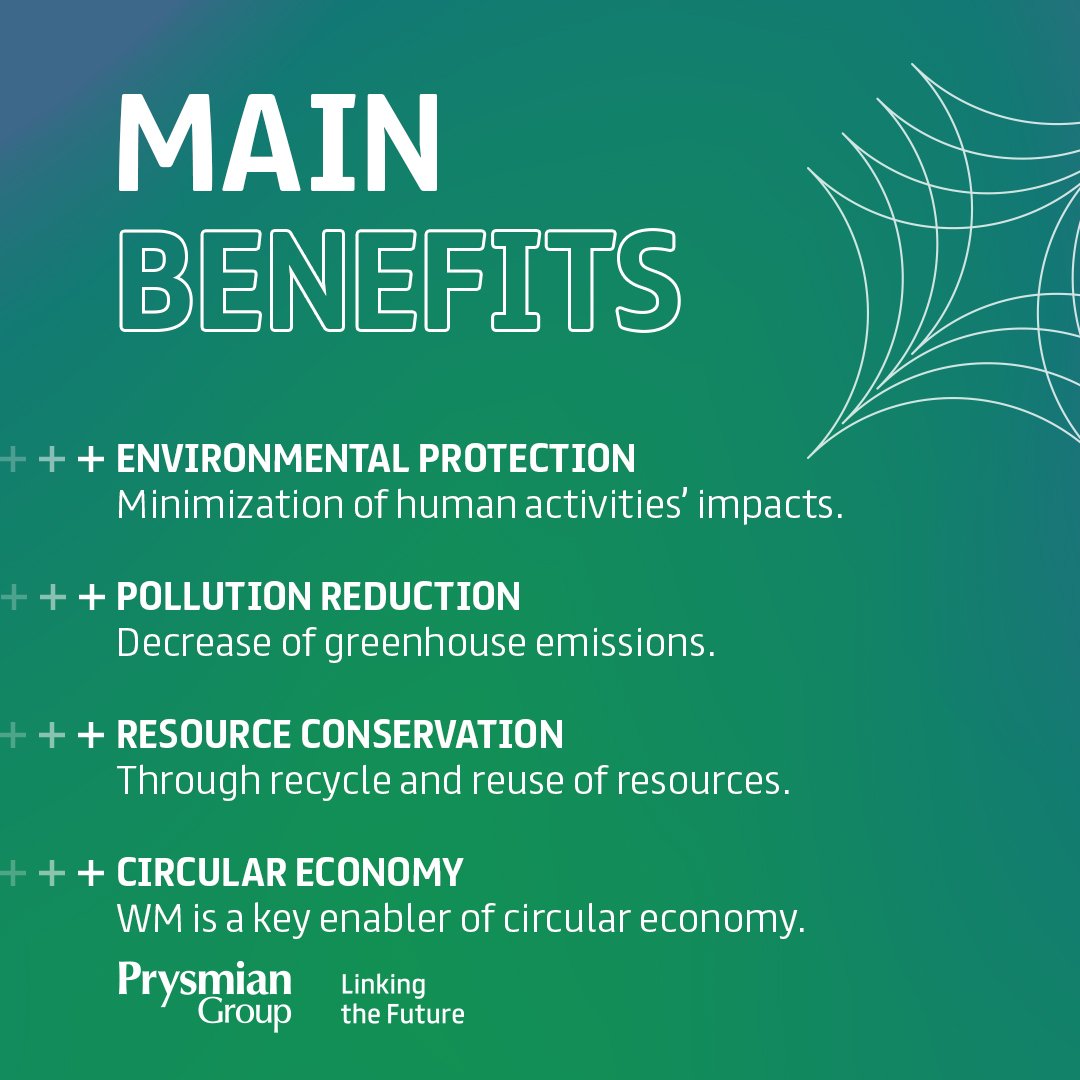Excitement About Reclaim Waste
Excitement About Reclaim Waste
Blog Article
Reclaim Waste Things To Know Before You Buy
Table of ContentsLittle Known Facts About Reclaim Waste.Not known Incorrect Statements About Reclaim Waste Reclaim Waste - An OverviewThings about Reclaim WasteMore About Reclaim Waste
Residential sewer waste refers to the waste and items from a household septic container. The correct monitoring and disposal of residential sewer waste need liquid waste to be moved to a sewage therapy plant where the appropriate approaches and devices are used to cleanse and dispose of waste.
Commercial waste usually includes possible risks, such as combustible materials or a blend of fluid and solid waste items, and requires an advanced and in-depth disposal process. The disposal of industrial waste typically includes the purification of waste before transport to ensure risk-free and correct disposal. Industrial waste is produced from results and drainage of industrial processes and production.
This sort of waste can not utilize the same sewer management transportation or processes as septic or commercial liquids. The commercial waste management process needs the inspection and testing of fluid waste before it undergoes the disposal procedure (liquid waste removal). Runoff waste is the fluid waste that comes from runoff and excess stormwater in very inhabited locations or cities
Drainage waste can cause contamination and flooding if not managed effectively. Find out extra regarding sewage system cleaning and waste monitoring. Making certain correct waste monitoring can avoid catastrophes and minimize environmental injury. Both individuals in household setups and specialists in industrial or manufacturing sectors can take advantage of understanding the processes and guidelines of liquid waste monitoring.
More About Reclaim Waste
Get in touch with PROS Providers today to find out about our waste management and disposal solutions and the correct means to care for the liquid waste you create.
(https://www.pubpub.org/user/leon-aube)Do you recognize what happens to your water when you disengage, purge the commode or drain the cleaning device? No? Well, it deserves knowing. This so-called 'wastewater' is not only a crucial resource however, after treatment, will be released to our land, waterways or the sea. Made use of water from commodes, showers, bathrooms, kitchen area sinks, laundries and commercial processes is recognized as wastewater.

water utilized to cool down machinery or clean plant and equipment). Stormwater, a form of wastewater, is drainage that flows from farming and urban locations such as roofings, parks, yards, roadways, courses and gutters into stormwater drains pipes, after rainfall. Stormwater streams unattended straight to neighborhood creeks or rivers, at some point reaching the sea.
Reclaim Waste - The Facts
In Queensland, a lot of wastewater is treated at sewer therapy plants. Wastewater is carried from residential or industrial sites through a system of drains and pump terminals, referred to as sewage reticulation, to a sewage treatment plant. Regional federal governments build, keep and operate most sewer therapy plants. Operators are certified under the Environmental Security Act 1994 to discharge cured wastewater at an acceptable environmental standard into waterways.
The Division of Natural Resources encourages local governments regarding handling, operating and maintaining sewage systems and treatment plants. In unsewered areas, neighborhood federal governments may call for homeowners to mount individual or house sewer therapy linked here systems to treat domestic wastewater from commodes, kitchens, restrooms and washings. The Department of Natural Resources authorizes the use of household systems when they are confirmed to be effective.
In some new neighborhoods, therapy of some stormwater to get rid of trash, sand and gravel has actually begun making use of gross contaminant traps. Wastewater therapy happens in four phases: Gets rid of solid matter.
Makes use of small living organisms knows as micro-organisms to damage down and get rid of staying liquified wastes and fine fragments. Micro-organisms and wastes are incorporated in the sludge.
The smart Trick of Reclaim Waste That Nobody is Discussing
Nutrient removal is not readily available at all sewer therapy plants because it calls for pricey specialized tools. Clear liquid effluent produced after treatment might still contain disease-causing micro-organisms - liquid waste removal melbourne.

This typically indicates wastewater needs to be dealt with or contaminants gotten rid of before it can be released to waterways. A lot of wastewater moves right into the sewerage system. Under the Act, local federal governments provide authorizations and licences for ecologically relevant tasks (ERAs) including wastewater releases that may have a local influence. The department carries out authorizations and licences to Periods involving wastewater launches that may have a local or statewide influence.
The 6-Second Trick For Reclaim Waste
Surveillance supplies accurate details concerning water quality and can confirm that permit conditions are being fulfilled. The details obtained with monitoring offers the basis for making water quality choices.
Report this page